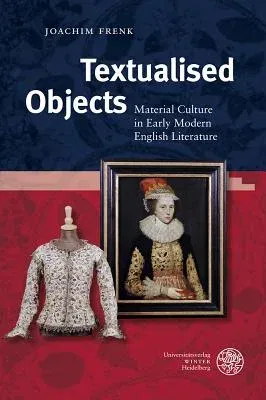Joachim Frenk
(Author)Textualised Objects: Material Culture in Early Modern English LiteratureHardcover, 1 November 2012

Qty
1
Turbo
Ships in 2 - 3 days
In Stock
Free Delivery
Cash on Delivery
15 Days
Free Returns
Secure Checkout

Part of Series
Anglistische Forschungen
Print Length
281 pages
Language
English
Publisher
Universitatsverlag Winter
Date Published
1 Nov 2012
ISBN-10
3825359980
ISBN-13
9783825359980
Description
Product Details
Author:
Book Format:
Hardcover
Country of Origin:
DE
Date Published:
1 November 2012
Dimensions:
24.89 x
17.27 x
2.29 cm
Genre:
British
ISBN-10:
3825359980
ISBN-13:
9783825359980
Language:
English
Location:
Heidelberg
Pages:
281
Publisher:
Series:
Weight:
589.67 gm